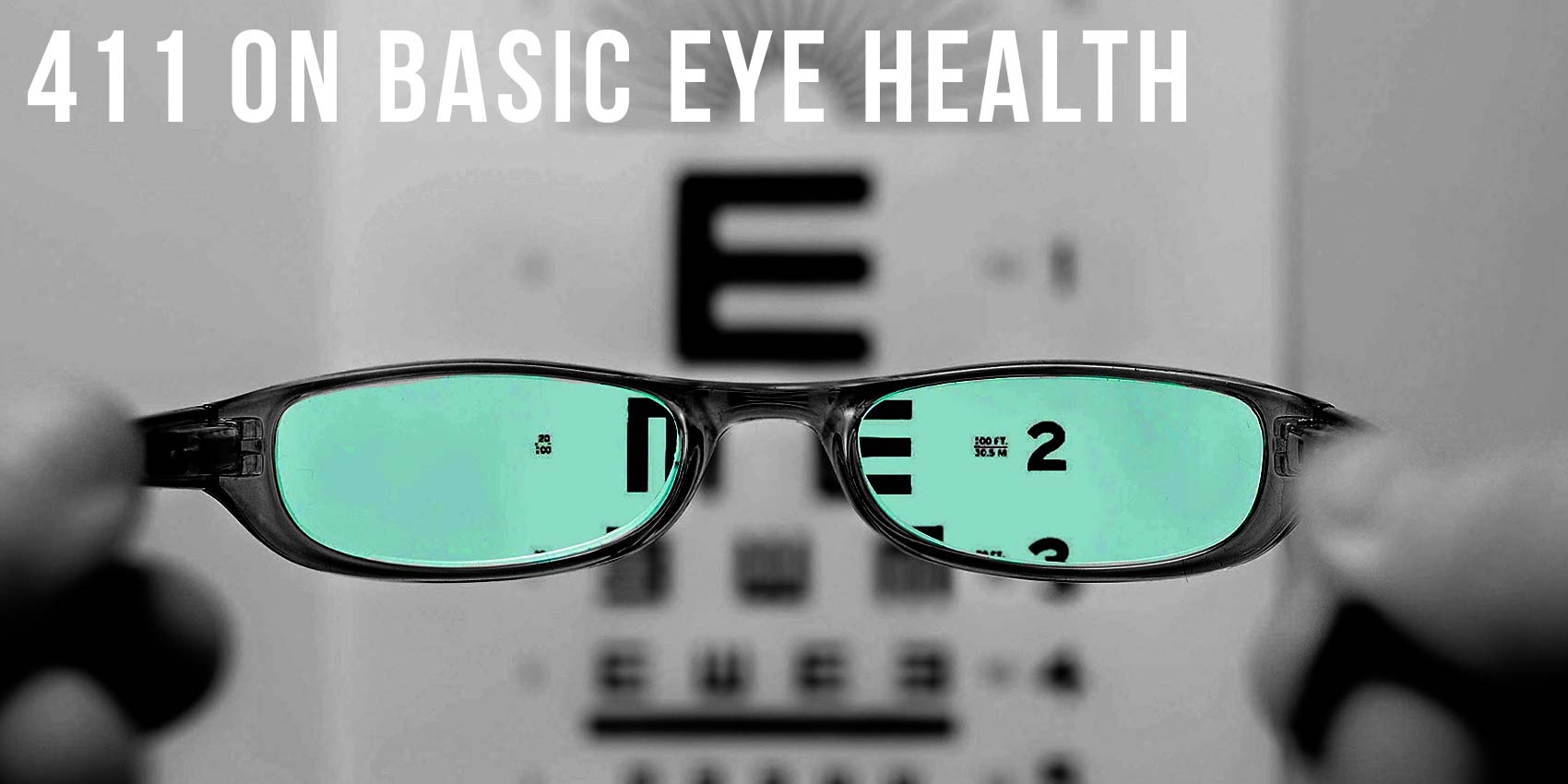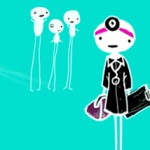14 Sep 411 on basic eye health

You can maintain healthy eyes through a healthy diet and exercise. Whenever you feel something is hurting in your eyes, or you have an eye problem that persists, call your doctor immediately! Your eyes require prompt attention as small problems can become big if not treated right away. Always let your parent know if you are having an eye problem.
An ophthalmologist is a fully trained eye doctor. An optometrist is a health care professional who is licensed to provide basic eye care, such as diagnosing glaucoma, nearsightedness, farsightedness and astigmatism. What are those?
Glaucoma is a disease of the optic nerve of the eye, usually caused from high blood pressure, so it’s not often diagnosed in young teens! (Whew!) but it can cause blindness if not treated.

DID YOU KNOW? More than 3 million Americans are living with glaucoma (a group of diseases that lead to damage of the optic nerve, which is actually a bundle of nerves that carry information from your eye to your brain).
(Source: https://www.brightfocus.org/glaucoma/article/glaucoma-facts-figures)
Nearsightedness means you can see fine for near objects, but far objects are blurry.
Farsightedness means you can see far objects well but objects closer to you are blurry.
Astigmatism is a condition where part of an image is blurred due to an abnormality in the curvature of your eye. Severe astigmatism can cause headaches, eye strain and blurred vision.
Your vision is measured by reading a chart of letters at a standard distance. 20/20 is considered “normal” vision. It means that at 20 feet, you can read the same line of letters that the average person can read at 20 feet. If you have 20/40 vision, it means that you can see at 20 feet what the average person can see at 40 feet… meaning your vision is only half as good as the average person. 20/200 is legally blind (you would have to be 20 feet away from something that most people could read at 200 feet!). And yes, you can have better than average vision: 20/15 means you can read at 20 feet what the average person can only read at 15 feet away.
If you have trouble reading due to blurred vision or if you get headaches from concentrating while reading, see a doctor. You may need glasses (or contacts).
Foods for eye health
Fish
Nuts and legumes
Seeds
Citrus Fruits
Leafy green veggies
Carrots
Sweet potatoes
Beef
Eggs
Water
(Source: https://www.medicalnewstoday.com/articles/321226.php)

DID YOU KNOW? The Age-Related Eye Disease Study (AREDS), published in 2001, found that certain nutrients — zinc, copper, vitamin C, vitamin E, and beta carotene — may reduce the risk of age-related decline in eye health by 25 percent.
(Source: https://www.medicalnewstoday.com/articles/321226.php)

EYE CARE TIPS!
- Don’t rub your eyes unless your hands are totally clean! You can spread germs and illnesses if you don’t wash up.
- Wear sunglasses all year long. Too much sun exposure can cause cataracts.
- Wear contacts according to the instructions—too much wear time is not good for your eyes.
- Don’t strain your eyes. If they are getting tired from staring at the computer for too long, take a break! You should look away every 15 minutes or so—looking at different distances helps work the eye muscles and keep them healthy!

DID YOU KNOW? Vitamins C and E and omega-3 fatty acids may reduce the risk of cataracts (a condition affecting 26 million people where the lenses in your eyes become cloudy) and prevent worsening of macular degeneration (a condition affecting 2 million people where the retina is damaged causing vision loss).




Post Question:
If you wear glasses, what does that experience feel like?
Answer the post question here
What's being said